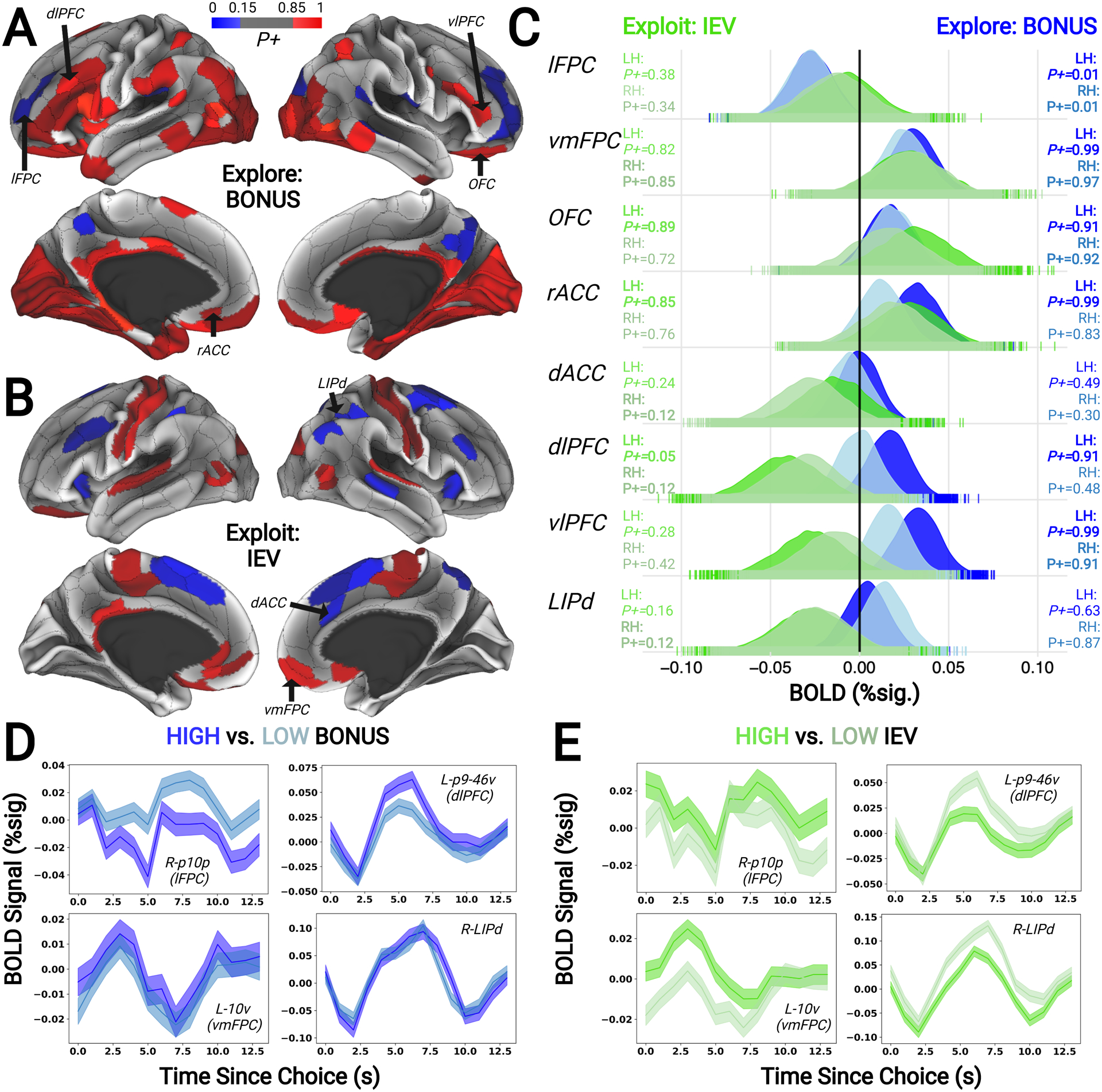Figure 2. Cortical Encoding of Explore and Exploit Computations.

(A) Cortical regions showing positive (red; ≥85% samples above 0) and negative (blue; ≤15% samples above 0) encoding of a novelty-driven exploration computation (i.e., BONUS) and (B) an exploit-related computation (i.e., IEV) in the Bayesian multilevel model. (C) Posterior distributions from a subset of a priori regions-of-interest indicated that lFPC negatively encoded the BONUS associated with choices, suggesting reduced activation during novelty-driven exploration. Additionally, vmFPC, OFC, and rACC positively encoded both BONUS and IEV parameters suggesting enhanced activation during exploration and exploitation. Finally, several frontoparietal network regions demonstrated intraregional dissociations in encoding of PODMP derived value estimates: positive encoding of BONUS and negative encoding of IEV. Darker and lighter colors in posterior distributions indicate left and right hemispheres. Bolded text indicates either ≥85% or ≤15% of posterior samples above 0. X-axis corresponds to BOLD percent signal change; Y-axis corresponds to the posterior densities from the Bayesian multilevel model. Time courses from representative ROIs in the Bayesian model showing mean activation when trials are based on splitting the BONUS (D) and IEV (E) around breakpoints (i.e., 0 for BONUS and 0.5 for IEV). Although, the primary Bayesian multilevel models included parameter estimates that reflected signal modulation as a continuous function of BONUS and IEV. Exploration-related deactivation was observed in lFPC, alongside weak encoding of the IEV of choices (upper left panels in D and E), while increases in the value of exploring or exploiting increased activation of vmFPC (lower left panels in D and E). Abbreviations: lateral frontopolar cortex, lFPC; ventromedial frontopolar cortex, vmFPC; orbitofrontal cortex, OFC; rostral anterior cingulate cortex, rACC; dorsal anterior cingulate cortex, dACC; dorsolateral prefrontal cortex, dlPFC; ventrolateral prefrontal cortex, vlPFC; and dorsal lateral intraparietal area, LIPd.
